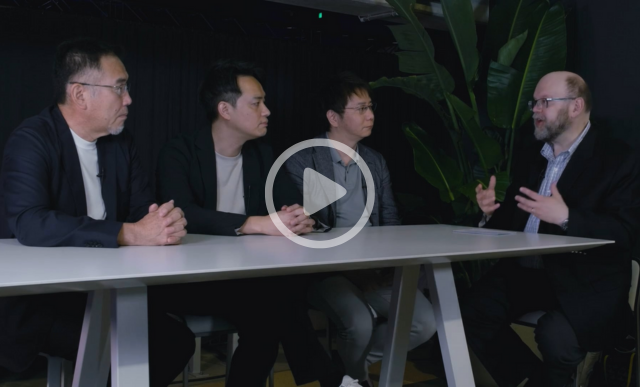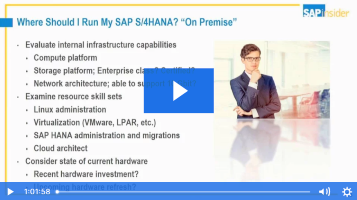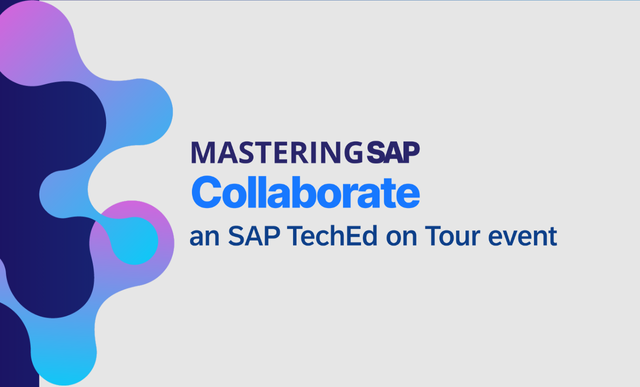The DIY Dilemma: Why Building Your Own OMS Is a Losing Bet In The SAP World
Meet the Authors
Key Takeaways
DIY projects for Order Management Systems (OMS) can lead to significant budget overruns and delays, with custom solutions often exceeding budgets by 75% and timelines by 46%. Pre-built solutions like DataXstream's OMS+ offer a more predictable cost structure and faster implementation times.
Customization in DIY projects can create long-term technical debt, complicating future maintenance and upgrades. Using pre-built solutions maintains the integrity of SAP ERP while allowing customization, resulting in quicker and less error-prone upgrades.
Adopting pre-built solutions frees internal teams to focus on strategic initiatives rather than platform maintenance. Partnering with vendors like DataXstream provides dedicated support, allowing sales and IT teams to concentrate on growth and innovation.
The pressure to modernize is more urgent than ever for organizations running on SAP as customers, conditioned by the seamless experiences of online giants, demand more. This has forced many companies to ask an important question: When it comes to their sales and order management system (OMS), do they build a custom solution from scratch or buy a pre-built one?
The Peril of Hidden Costs
According to an ebook by DataXstream, the most common lure of a DIY project is the belief that it’s cheaper. It notes that many companies that opt for this route think, “We already have an IT team, so it’s practically free.” However, they overlook the true total cost of ownership (TCO). According to a McKinsey study, IT projects typically exceed their budgets by 75% and overrun schedules by 46%. This is because the costs of planning, building, managing, testing, adding features, and providing lifelong maintenance are rarely accounted for upfront.
Consider the cautionary tale of a large distributor that invested $3 million to build a basic OMS cockpit. After deployment, the company discovered the custom tool still couldn’t handle the complexities of modern, SAP-driven order processing. This led the firm to eventually transition to DataXstream’s OMS+ in 2021 to run all its core order processes. This transition has helped the company achieve immediate gains in efficiency and accuracy.
Explore related questions
The Smarter Path
The stakes become even higher when major transformations, such as an SAP S/4HANA implementation, are involved. In one case cited by DataXstream, a major enterprise spent millions of dollars over two years developing a custom Point of Sale (POS) and OMS solution for its go-live. The system failed at launch, forcing the company to abandon its SAP rollout temporarily and revert to its legacy ERP. The failure put business continuity at risk and demonstrated that the complexity of integrating a custom-built system with a sophisticated core like SAP is a high-risk gamble.
The alternative, as Pacific Coast Supply (PCS) discovered, is to leverage a specialized partner like DataXstream. Stuck with an outdated SAP interface from 2001, PCS faced a daunting four-to-six-month training period for new employees. It partnered with DataXstream to overcome this hurdle, rather than attempting a risky DIY build.
By implementing the pre-built, SAP-embedded OMS+, PCS reduced new employee training time from four months to four days. Moreover, the company achieved a 30% reduction in inventory and a 1% improvement in gross margins. As PCS’ former CIO Marty Menard noted, trying to DIY would have meant recreating “exactly what you could buy at a higher cost.” Thus, by choosing to buy, PCS modernized its user interface and adopted SAP’s Clean Core strategy.
This approach keeps the ERP core standard while allowing for customization at the application level. For PCS, it eliminated 55% of the customization in its SAP S/4HANA instance, making future upgrades significantly faster and easier.
What This Means for SAPinsiders
DIY projects for OMS have a high risk of exceeding budgets and timelines. Building your own OMS often leads to significant, unplanned expenses and delays. Custom projects typically run 75% over budget and 46% over schedule according to studies. In contrast, a pre-built solution like DataXstream’s OMS+ offers a predictable cost structure and faster time-to-value, with implementation and training times reduced from months to days.
Customization creates long-term technical debt. While building a system in-house allows for total customization, this frequently results in technical debt, making future maintenance complex and challenging. A solution like OMS+, designed with a clean core principle, allows for a customizable interface without compromising the integrity of SAP ERP. It ensures that upgrades are faster and less prone to errors. For SAPinsiders, this approach also reduces the internal burden, as the solution is supported, tested, and updated by DataXstream.
Pre-built solutions free up internal teams for strategic work. Maintaining a custom-built system requires continuous support from the organization’s developers, who often spend more time fixing software than driving strategic value. This also makes the organization vulnerable if key developers leave. However, partnering with a vendor for solutions like OMS+ provides dedicated support and a long-term vision, allowing sales and IT teams to focus on growth and innovation rather than platform upkeep.






